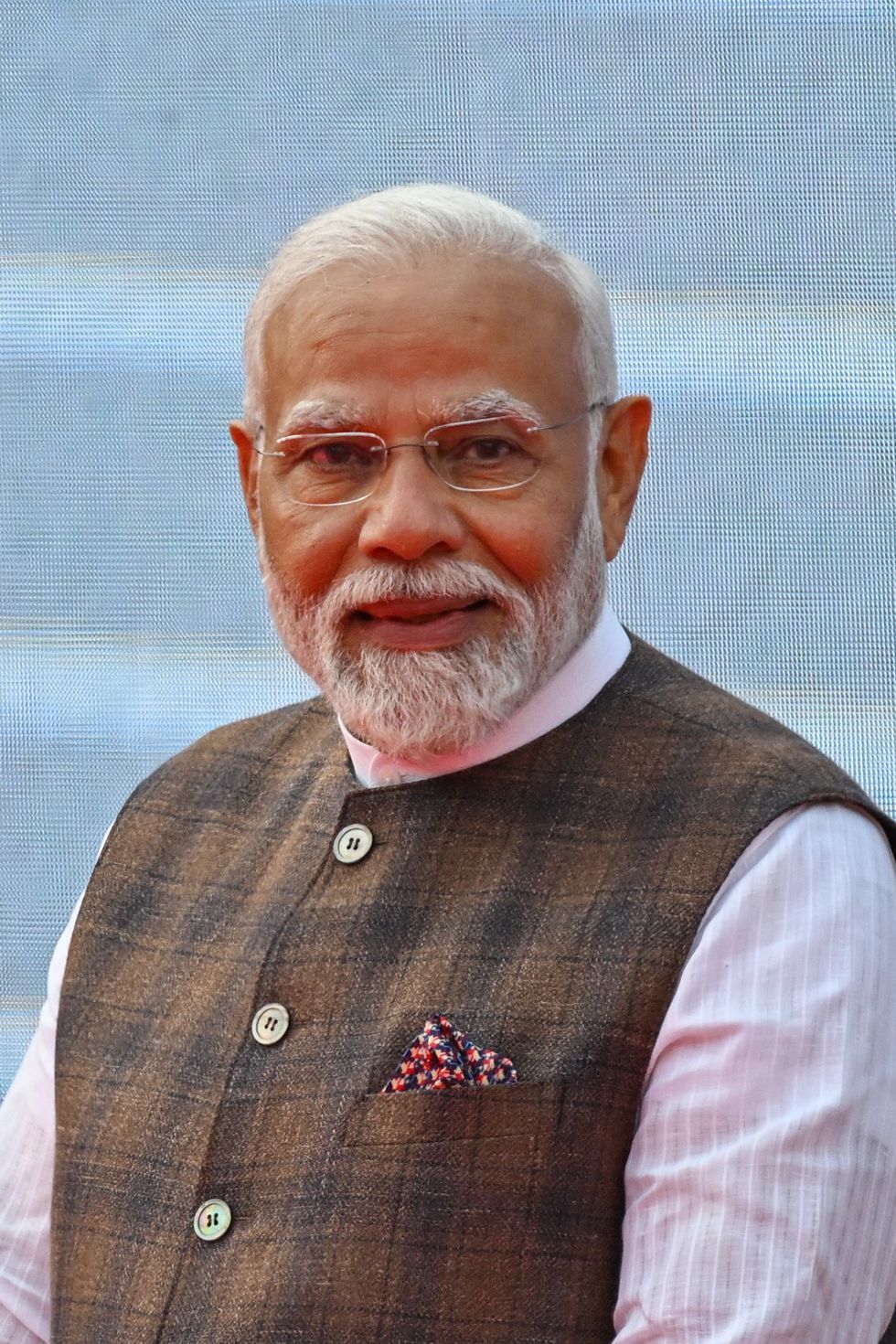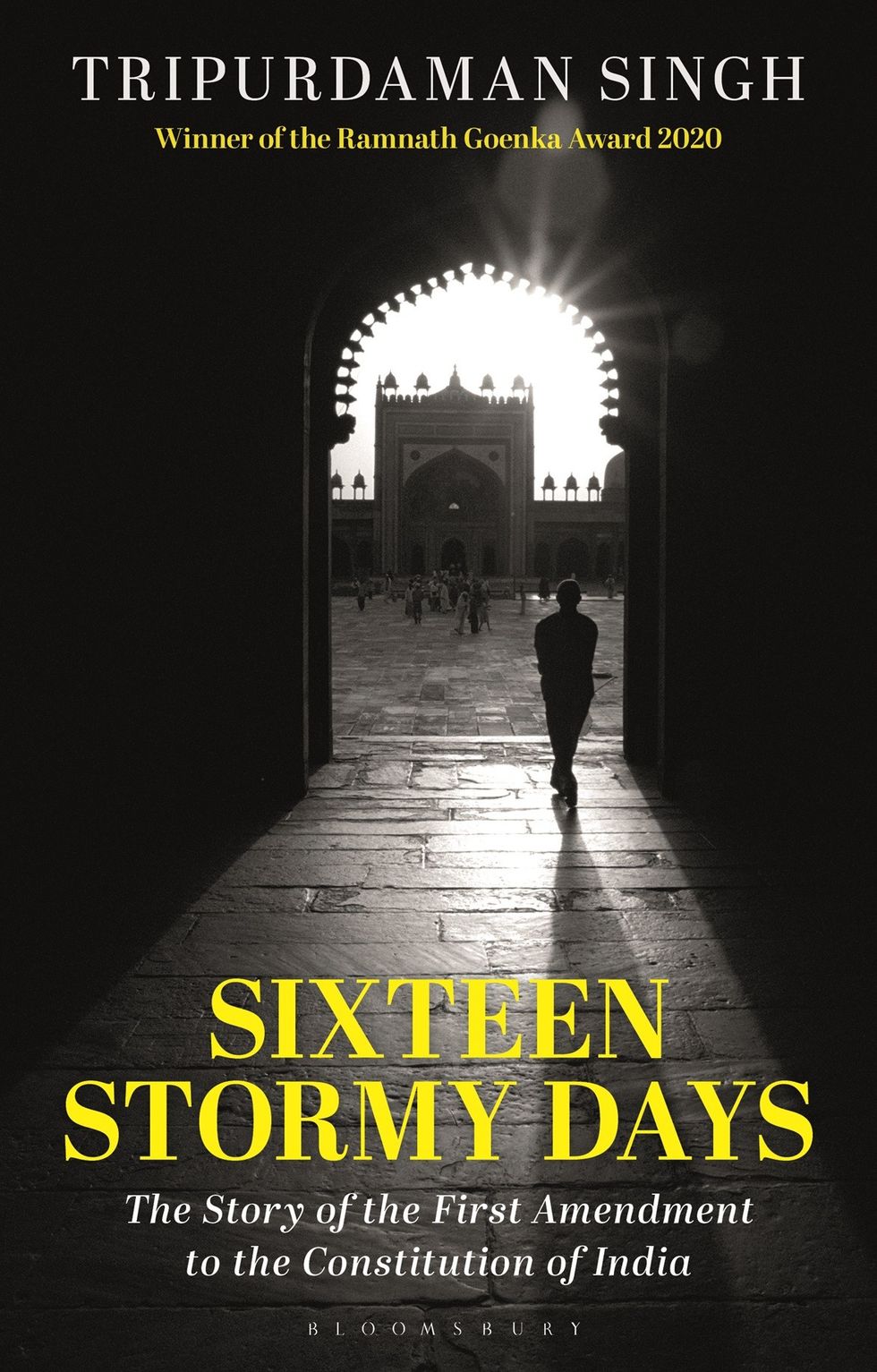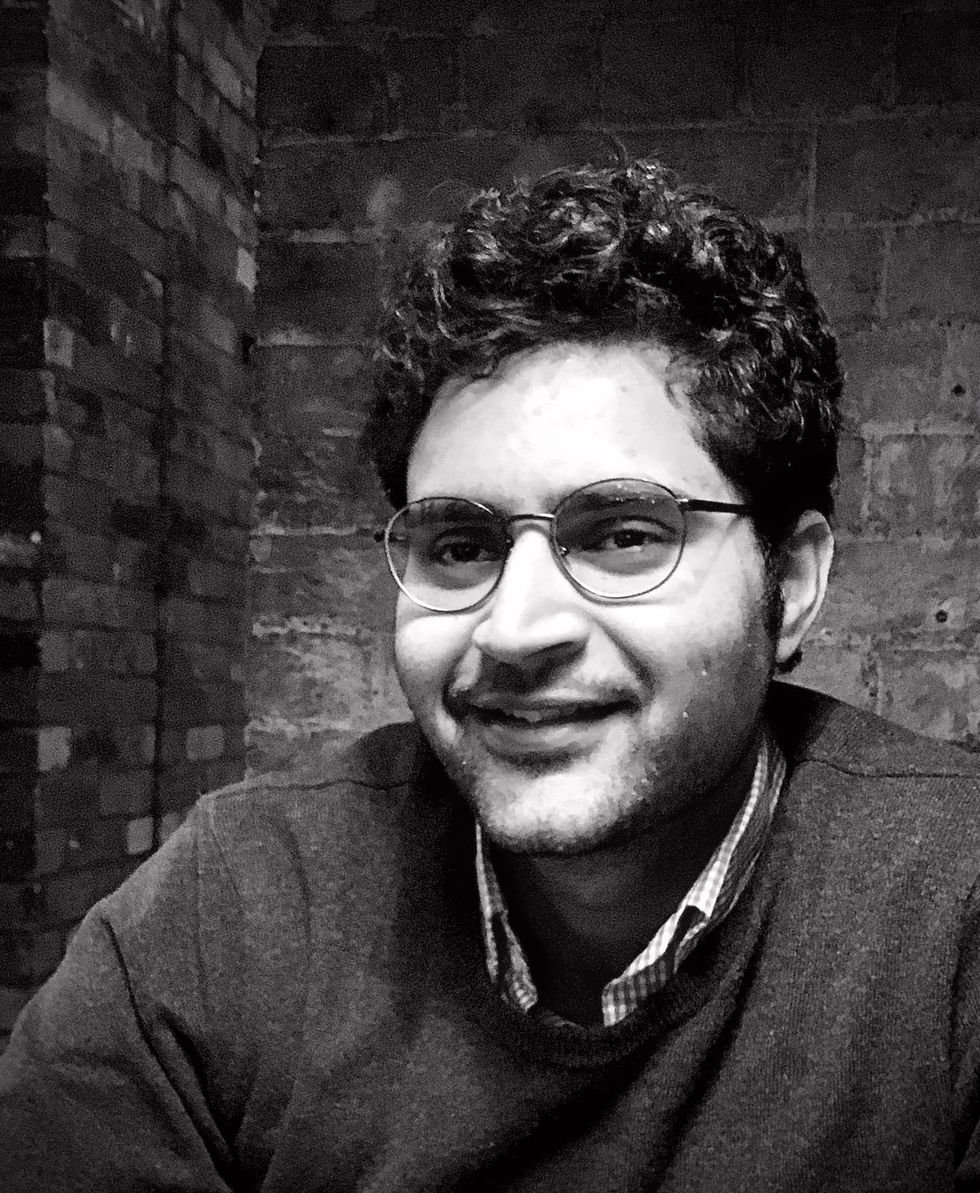IN HIS decade in power, prime minister Narendra Modi stands accused of eroding Indian democracy down to its bones – suppressing dissent and freedom of expression, taking India into the grip of unbridled authoritarianism, and earning the country the tag of an ‘electoral autocracy’ from Freedom House.

Many believe a Modi victory in the ongoing election may well deliver the coup de grace. In this role, he is cast as the anti-Nehru in India’s political discourse, the antithesis of the country’s first prime minister and the man who laid the foundations of Indian democracy. But authoritarianism is neither new to India nor is Modi its singular manifestation. Take this quote by an opposition leader: ‘We have in India today a one-party state, just as Hitler’s Germany was a one-party state, Mussolini’s Italy was a one-party state and Stalin’s Russia is a one-party state’. You would be forgiven for thinking that someone was talking about contemporary India.
In fact, this is the famous jurist and opposition politician, PR Das describing India in 1951, under the rule of independent India’s first prime minister, Jawaharlal Nehru. Das’s overblown observation highlights Nehru’s role in the long and torturous history on which the present moment is built.
Modi has not conjured his rule out of thin air; he has instead built on the legal, constitutional and institutional edifice he inherited, intensifying trends and exacerbating fissures that have predated him by long years – many of them owing their existence to Nehru himself, who played a decisive role in shaping the post-colonial state.

The Indian constitution that birthed the new republic in 1950, bearing the imprimatur of Nehru and his deputy, Sardar Patel, gave liberalism and individual freedom short shrift right at the outset, giving primacy to socio-economic reform and state security over individual freedom – and emaciating the legislature vis-à-vis the executive. The first piece of legislation passed in democratic India was the Preventive Detention Act, empowering the government to jail people without trial and without judicial review. Even this was found insufficient as the government continued to come under withering fire from critics and opponents.
Heavy handed moves to censor and ban newspapers and magazines under public safety legislation, or to figures like Sikh leader Tara Singh under sedition laws followed – but were undone by the courts which relied on the constitution to uphold the right to freedom of speech and strike down many such laws as unconstitutional.
Glibly stating the constitution was getting in his way, Nehru responded by way of the First Amendment in 1951, barely a year after the republic had been inaugurated and months before the first general election. Passed in the face of tremendous opposition both inside and outside parliament, it drastically pruned the chapter of fundamental rights, adding ‘the interests of the security of the state’ and ‘public order’ as grounds on which free speech could be curtailed.
As Congress MP and then president of the All-India Newspaper Editors Conference, Deshbandhu Gupta, complained, the amendment revived many of the laws – including those against seditious speech – that they had associated with the tyranny of colonial rule. It had erased the firm line the new constitution was supposed to have drawn between a colonial despotism and a post-colonial democracy.

‘The decriers of a government once termed satanic, flatter our previous rulers by imitation’ as The Times of India acidly remarked. That was, of course, the point: thus worded, the amended constitution provided the underlying plumbing for a whole host of draconian and repressive legislation targeting free speech and expression, and underpins the large legal arsenal at the Indian state’s disposal to target critics and dissenters.
Nehru himself made limited use of the powers he acquired, but he bequeathed them to his successors, terming it as a ‘gift to succeeding generations’. It is this legal arsenal, that long predated Modi, resting on the constitutional architecture created by Nehru, that has now become a byword for authoritarianism and suppression of free speech in India today. Nehru himself argued in parliament: ‘the press, if it wants that freedom which it ought to have – must also have some balance of mind, which it seldom possesses. They cannot have it both ways.’ This view, baked into India’s constitutional structure and normative framework, is as much a part of the country’s Nehruvian inheritance as electoral democracy. Whether Modi and the BJP win or lose, it is a part of Nehru’s legacy that is likely to live on.
Tripurdaman Singh is an award-winning historian and writer. Born in Agra, India, Tripurdaman earned an MPhil in Modern South Asian Studies and a PhD in History at the University of Cambridge.He is an SNF Fellow at the Geneva Graduate Institute, and a British Academy Fellow at the Institute of Commonwealth Studies, University of London. He is the author of three books and lives in Cambridge.
Sixteen Stormy Days: The Story of the First Amendment to the Constitution of India by Tripurdaman Singh (Bloomsbury) is out now
















 Heehs describes two principal approaches to biographyAMG
Heehs describes two principal approaches to biographyAMG



 David Beckham wearing a David Austin Roses "King's Rose" speaks with King Charles III during a visit to the RHS Chelsea Flower Show at Royal Hospital Chelsea on May 20, 2025Getty Images
David Beckham wearing a David Austin Roses "King's Rose" speaks with King Charles III during a visit to the RHS Chelsea Flower Show at Royal Hospital Chelsea on May 20, 2025Getty Images
How Nehru set a precedent to curb individual freedom
Authoritarianism is neither new to India nor is Modi its singular manifestation.